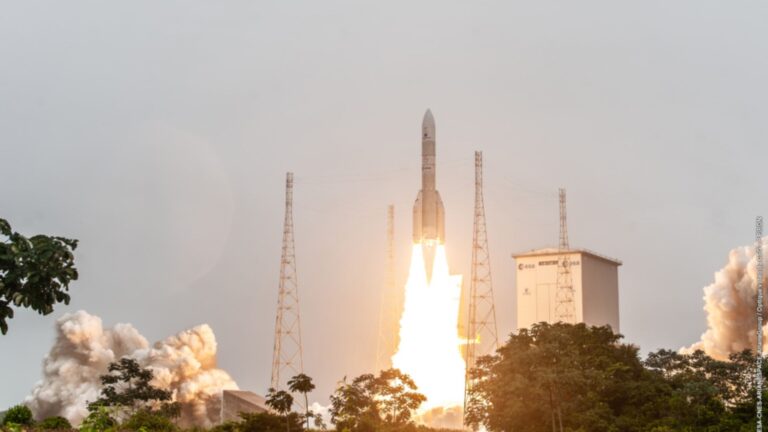
After an impressive performance in 2024, India’s Initial Public Offering (IPO) market is currently experiencing a slowdown as ongoing volatility in the secondary market, driven by both domestic and global factors, reshapes investor sentiment and strategy.
The calendar year 2025 began on a positive note, with 10 mainboard IPOs launched within the first two months, collectively raising ₹15,983 crore. This marked a 23% increase compared to ₹12,990 crore raised during the same period last year. However, this momentum came to a halt in March, which closed without a single mainboard IPO listing—a first in nearly two years. Market experts attribute this pause to heightened volatility, weakened investor confidence, and concerns around IPO valuations.
Amid these conditions, major players like LG Electronics India and Ather Energy have postponed their IPO launches. Sources indicate that both companies are eyeing a debut by the end of April or early May. LG Electronics India is expected to raise around ₹15,000 crore, potentially ranking among the top five largest IPOs in Indian history, while Ather Energy, a leading electric scooter manufacturer, plans to raise approximately ₹4,000 crore.
The broader capital markets have undergone a phase of consolidation during the first quarter of 2025, influenced by global challenges including U.S. tariffs and tighter financial conditions. Regulatory moves by the Securities and Exchange Board of India (SEBI) have also contributed to a temporary decline in trading activity. Measures such as increasing lot sizes, limiting weekly index expiries, and enhancing margin requirements have led to over a 30% drop in daily trading volumes in the past six months, according to tech-enabled financial platform Uniqus.
Despite the tepid sentiment, Q1 2025 has outpaced the same period last year. Industry analysts believe that the IPO pipeline remains strong, and activity is likely to pick up once market stability returns. As of now, SEBI has received 144 draft red herring prospectuses (DRHPs), representing a combined issue size exceeding ₹1.47 lakh crore (approximately $17 billion).
The report further noted that 87 companies fall within a 3- to 9-month launch window, signaling a potential wave of IPOs later in the year as market conditions improve. Notably, 26 companies that listed in 2024 had previously filed their DRHPs in earlier years but delayed their public issues due to unfavourable conditions or strategic timing concerns.
According to Pranav Haldea, Managing Director of PRIME Database Group, the IPO pipeline remains robust. He noted that 49 companies with SEBI approval are poised to raise ₹84,000 crore, while another 67 companies await regulatory clearance to raise an additional ₹1.02 lakh crore. Of these 116 firms, only four are new-age tech companies, aiming to collectively raise ₹8,500 crore.
While several firms are preparing to file their DRHPs, Haldea observed that the market’s volatile state has led many issuers to adopt a “wait and watch” approach. “An IPO is a once-in-a-lifetime event for a company, and they would prefer to let approvals lapse than proceed during a bearish phase,” he said.
With a new SEBI Chairman taking office in March 2025, market participants are hopeful for regulatory shifts that may enhance liquidity, attract greater institutional involvement, and support a more favorable climate for long-term growth. Backed by strong economic fundamentals and resilient corporate earnings, India’s capital markets are expected to regain traction in the coming months.





